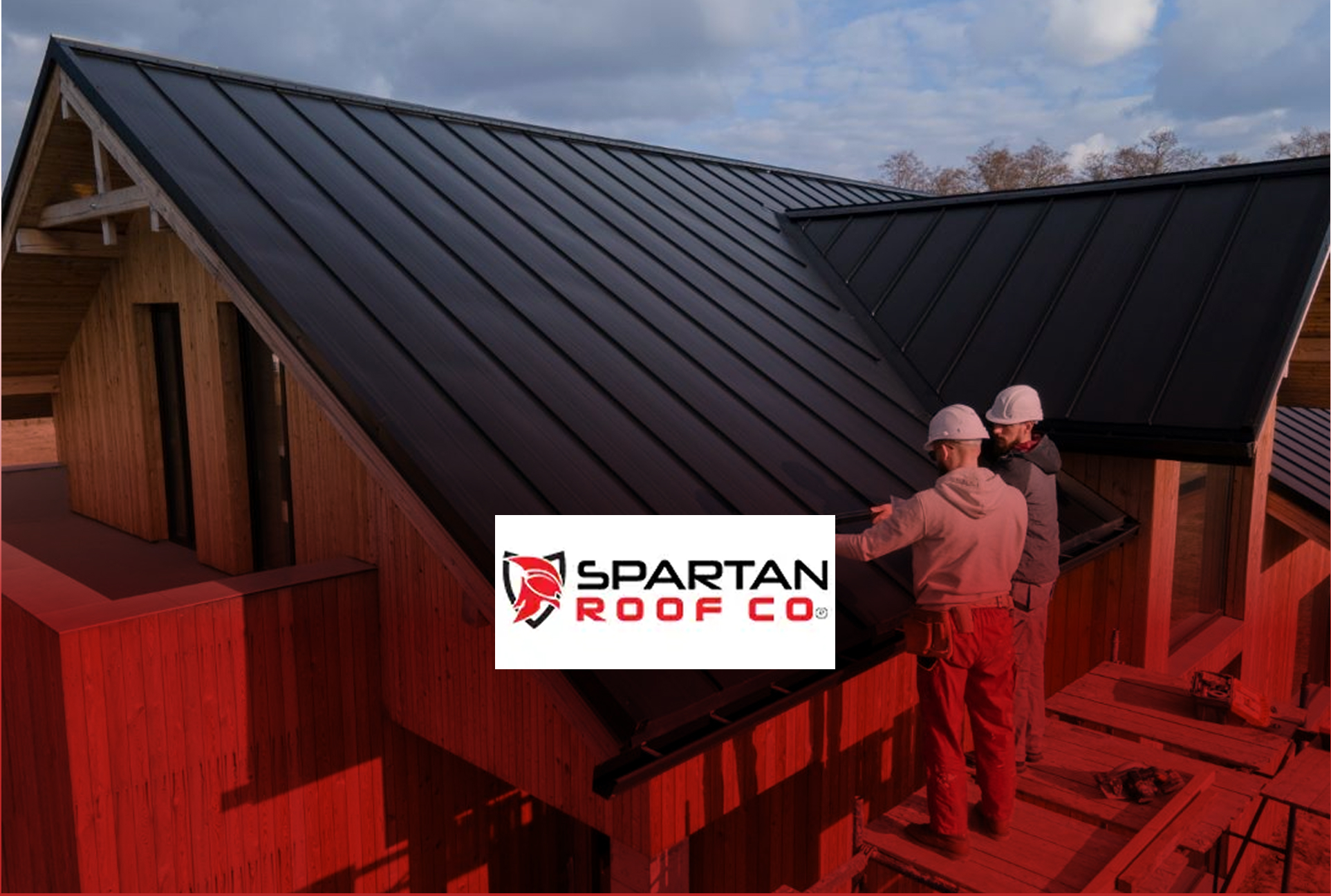If you’re getting a new roof installed, it’s natural to wonder what the process looks like. Roof replacements are a big investment, and being prepared makes all the difference. Whether you’re replacing worn-out shingles or building a custom home in Kingwood, Texas, understanding the residential roofing process helps reduce stress and surprises.
In this guide, we’ll walk you through every stage of a residential roof installation — from the initial inspection to the final cleanup. Along the way, we’ll include expert advice, local considerations, and tips to help protect your investment.
Why Understanding the Process Matters
Roofing isn’t something homeowners do often, so it can feel overwhelming. Knowing what to expect during a residential roofing job gives you peace of mind and keeps things on schedule.
A smooth installation starts with communication. Working with a local, trusted roofer in Kingwood, Texas ensures your roof meets weather demands, building codes, and neighborhood aesthetics.
The more informed you are, the easier it is to make smart decisions about materials, timing, and contractors.
Step 1: Inspection and Planning
Every quality roof installation begins with a thorough inspection. A professional residential roofing contractor will check for:
-
Damage to shingles, flashing, or decking
-
Signs of moisture or mold
-
Attic ventilation and insulation issues
This step is especially important in Kingwood, Texas, where humidity and storms can cause hidden structural problems.
Once the inspection is complete, you’ll choose materials that suit your home’s style and the local climate. Asphalt shingles are a common choice, but metal and synthetic options are also gaining popularity.
Step 2: Preparing for Installation
Once your materials arrive, the roofing company will schedule a start date. They’ll also prepare the job site to keep it safe and clean.
Expect the following:
-
Moving patio furniture and vehicles
-
Covering landscaping and windows
-
Installing tarps or boards to catch debris
In residential roofing, preparation is just as important as the actual installation. A reliable contractor in Kingwood will take these extra steps to protect your home and property.
Step 3: Removing the Old Roof
Before installing the new roof, the old one needs to come off. This step involves stripping shingles, underlayment, and possibly replacing damaged decking.
Don’t be alarmed by the noise — roof tear-offs can be loud. However, most projects only take 1–2 days depending on the roof size and weather conditions in Kingwood, Texas.
During this step, your roofer may also install new drip edges and flashing to improve water resistance and meet local building codes.
Residential Roofing Installation – The Core Process
Once your old roof is gone, it’s time to build the new one. Here’s what happens next:
-
Decking Inspection: Any rotted wood is replaced.
-
Underlayment Installation: A waterproof barrier protects against leaks.
-
Flashing and Ventilation: Vents and metal flashing go around chimneys, skylights, and valleys.
-
Shingle or Material Installation: Shingles or metal panels are installed from the bottom up.
This is where your new roof begins to take shape. In residential roofing, proper installation ensures durability and energy efficiency. Your roofer should follow manufacturer specifications to maintain the warranty.
Step 5: Final Cleanup and Inspection
When the roofing is complete, the crew will thoroughly clean the job site. That includes:
-
Removing nails and debris with magnets
-
Inspecting gutters and surrounding areas
-
Hauling away old roofing materials
A final walkthrough ensures everything is done correctly. Be sure to review any warranties and ask questions about post-installation care. In Kingwood, seasonal maintenance is key to keeping your roof strong and long-lasting.
Local Insight: Roofing in Kingwood, Texas
Kingwood’s hot summers and rainy springs demand roofs that can handle extreme conditions. When choosing a residential roofing contractor, look for local experience and references.
Be sure to:
-
Ask about materials rated for hail and UV protection
-
Check if they follow Harris County permit regulations
-
Get detailed quotes and timelines
Working with a local roofing expert not only supports the community but ensures your new roof is built to last in the unique Texas climate.
Final Thoughts: Know What to Expect
Installing a roof might seem like a major disruption, but it doesn’t have to be. When you’re informed and working with the right team, it’s a smooth and rewarding process.
From your first inspection to the final nail, each step of a residential roofing job is designed to protect your home, boost its value, and give you peace of mind.
In Kingwood, Texas, where homes are as beautiful as they are unique, a new roof can make all the difference.
FAQs – Residential Roofing Installation
1. How long does a residential roof installation take?
Most residential roofing projects take 1–3 days. Larger or complex roofs may take longer. Weather delays can also impact the timeline, especially in Kingwood, Texas.
2. Do I need to leave my house during installation?
No, but it can be noisy. Many homeowners in Kingwood choose to stay out during the day if possible, especially during tear-off and installation.
3. What materials are best for residential roofing in Texas?
Asphalt shingles and metal roofs are both great choices. They’re durable, weather-resistant, and energy efficient—ideal for Kingwood’s climate.
4. Will my landscaping be protected during the project?
Yes. A good residential roofing contractor will cover plants, move patio items, and clean up after the job to leave your property just as it was.
5. Is a permit required for residential roofing in Kingwood, Texas?
Yes, a permit is typically required. A licensed contractor will handle the application process and ensure all local building codes are met.






